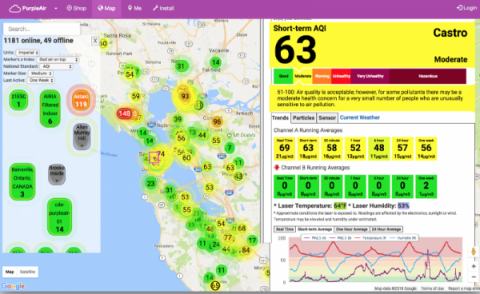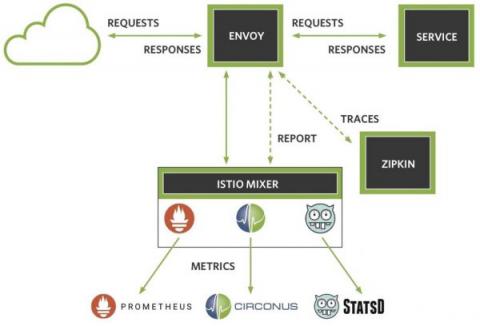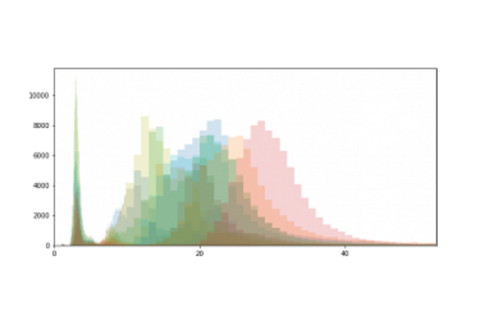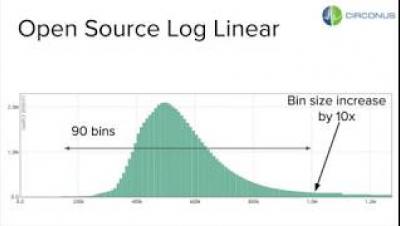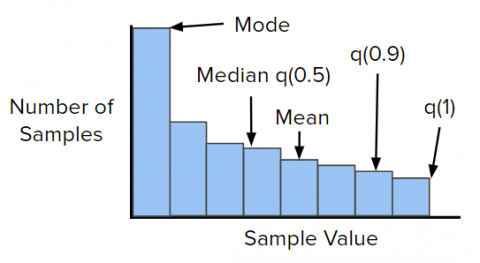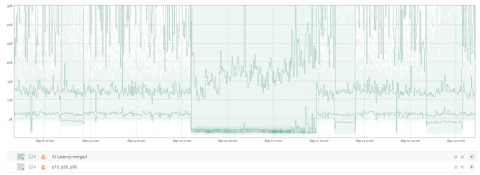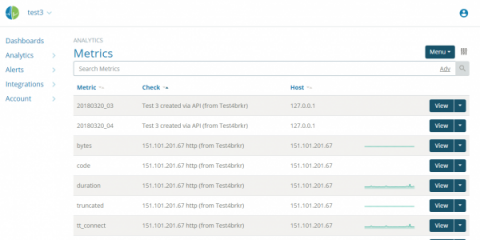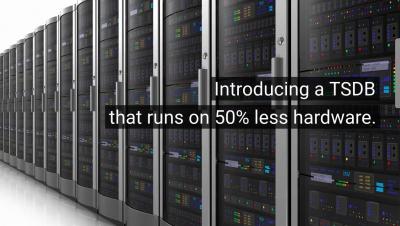Air Quality Sensors and IoT Systems Monitoring
2017 was a bad year for fires in California. The Tubbs Fire in Sonoma County in October destroyed whole neighborhoods and sent toxic smoke south through most of the San Francisco Bay Area. The Air Quality Index (AQI) for parts of that area went up past the unhealthy level (101–150) to the hazardous level (301–500) at certain points during the fire. Once word got out that N99 dust masks were needed to keep the harmful particles out of the lungs, they became a common sight.


